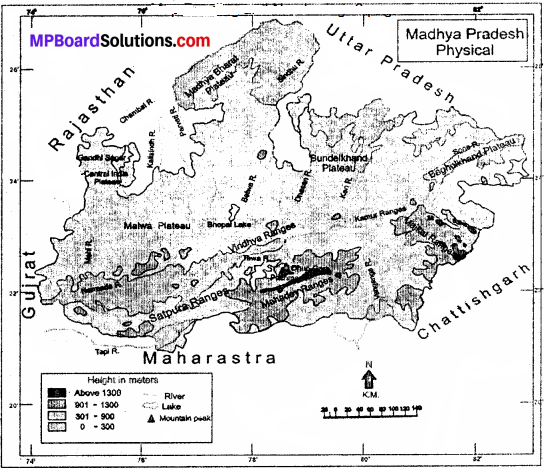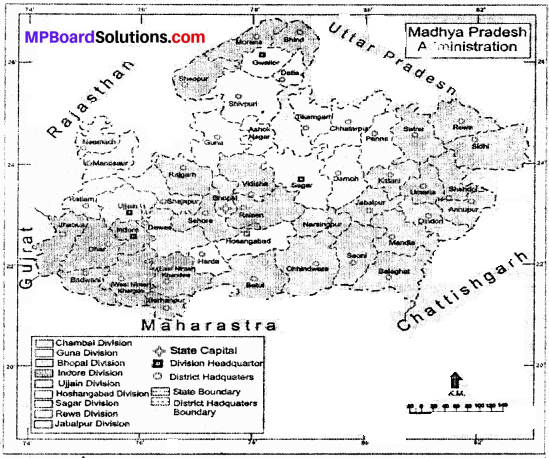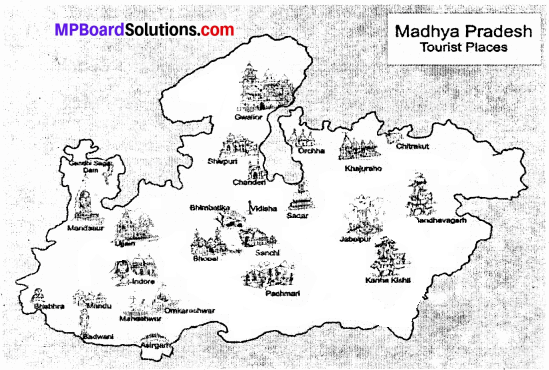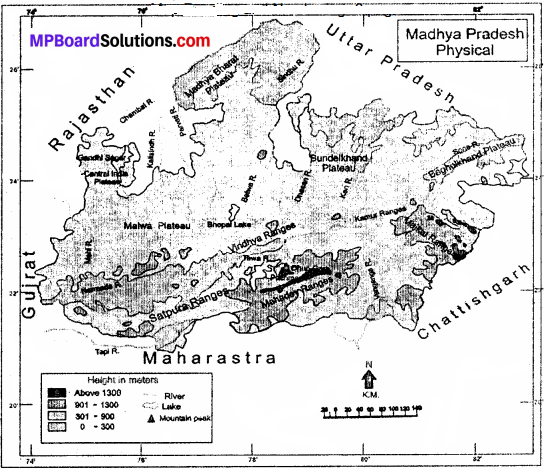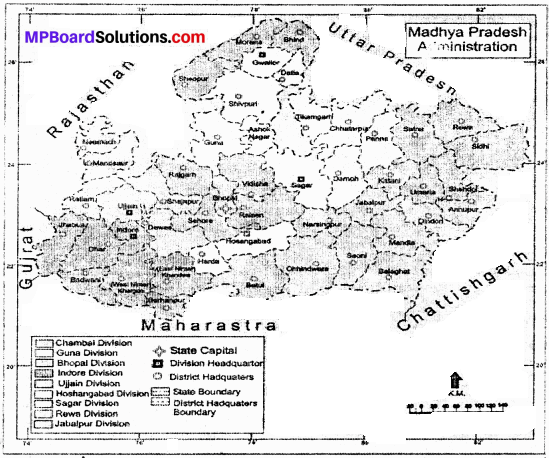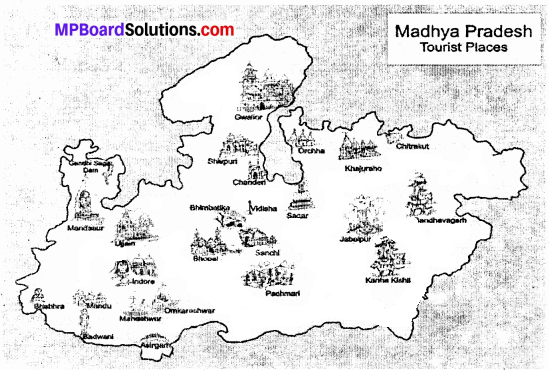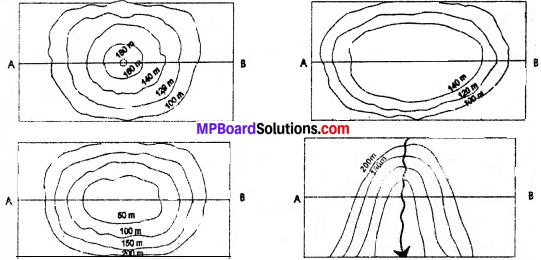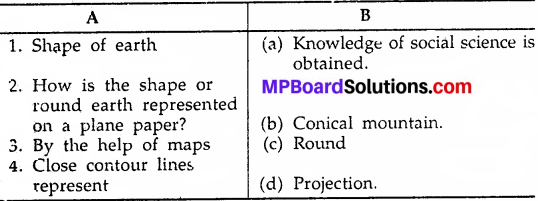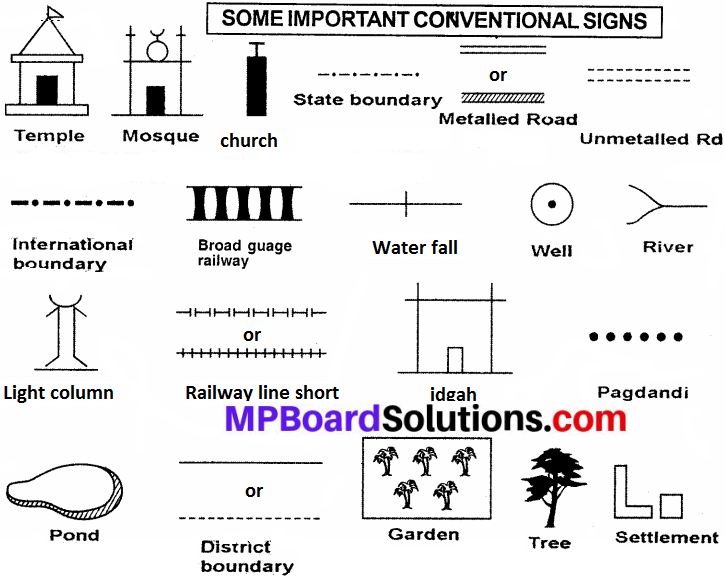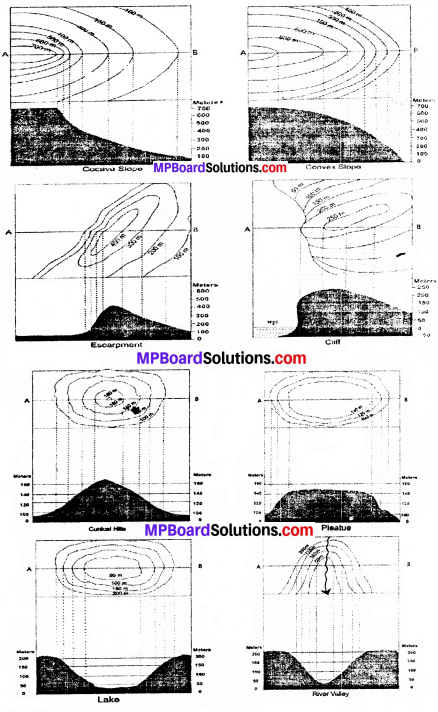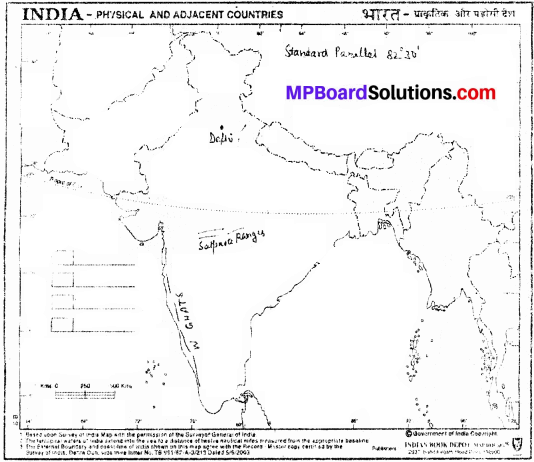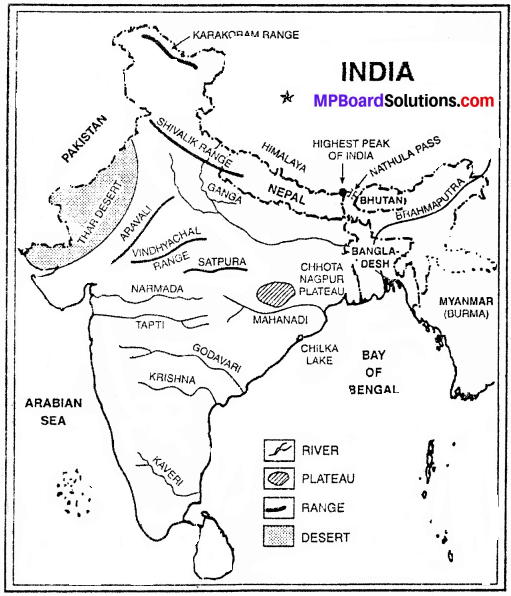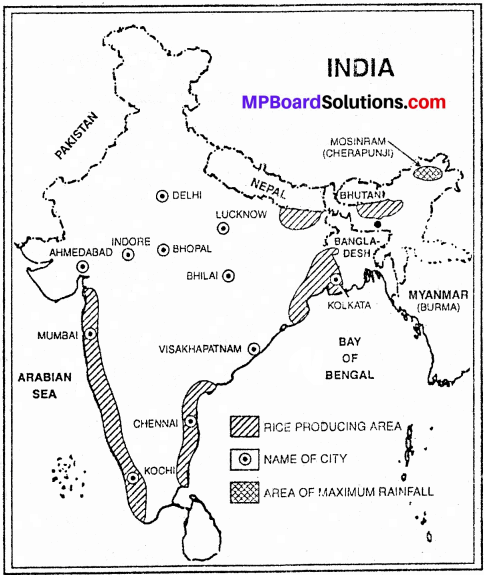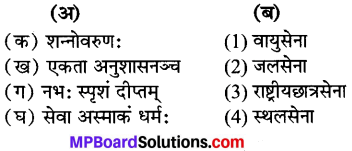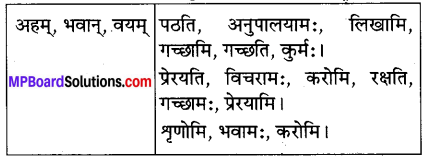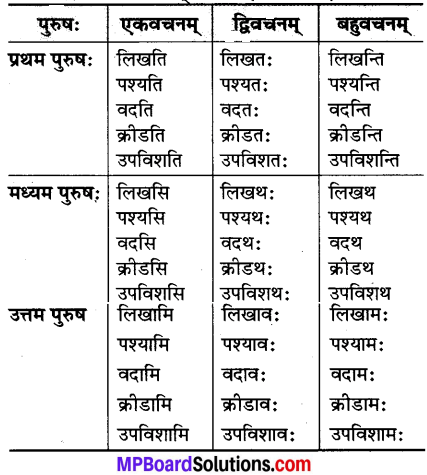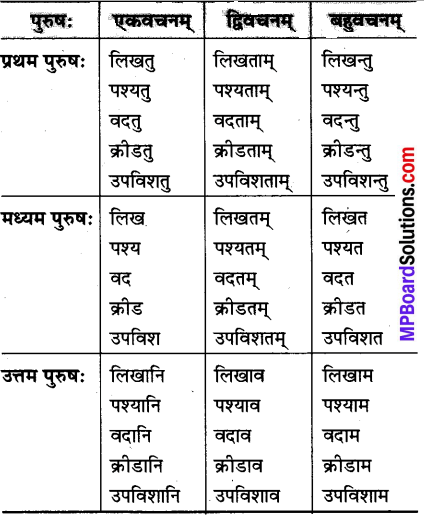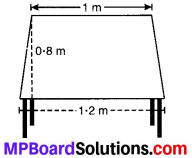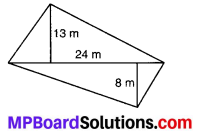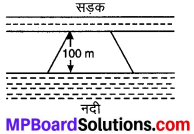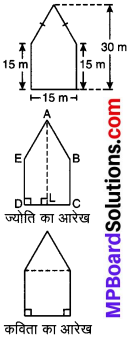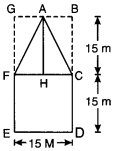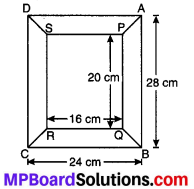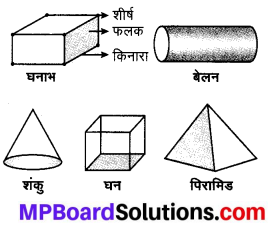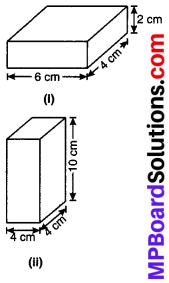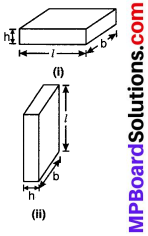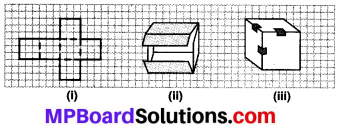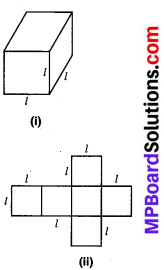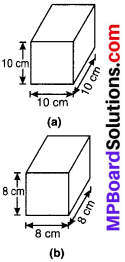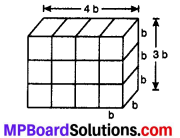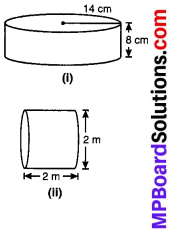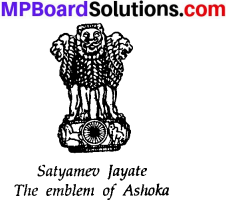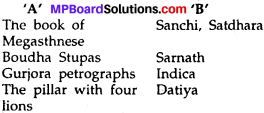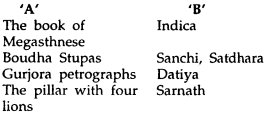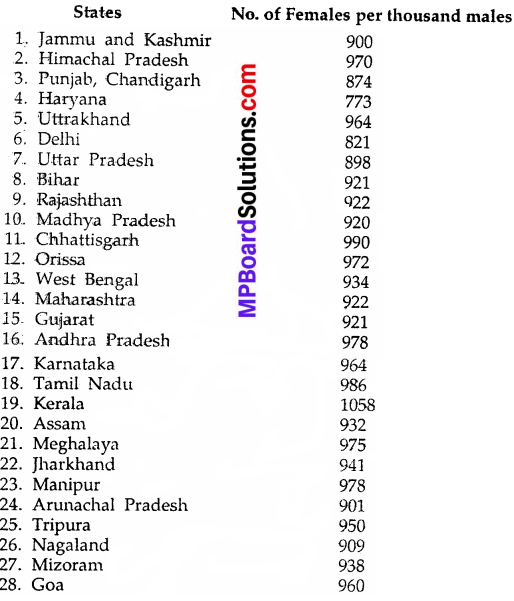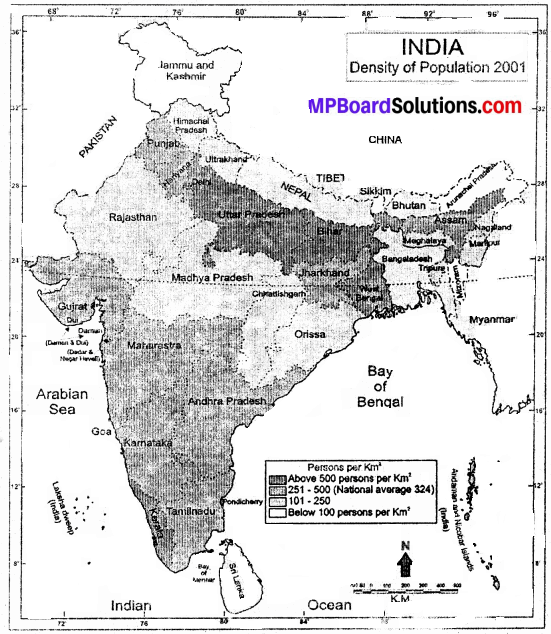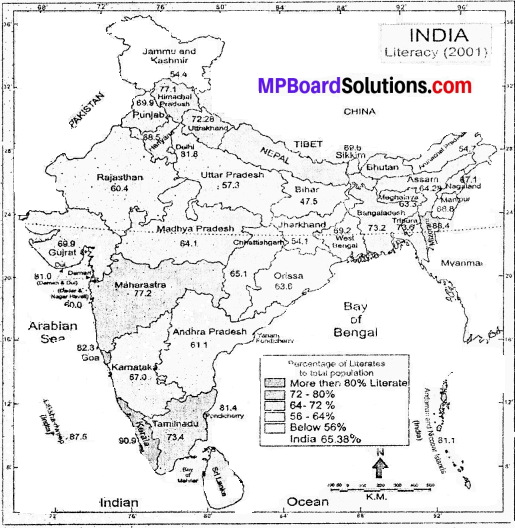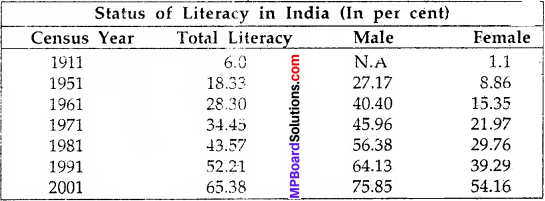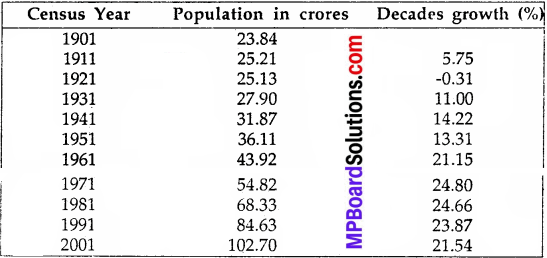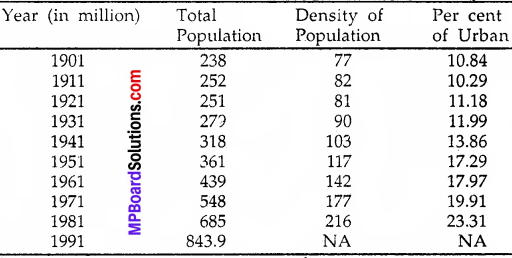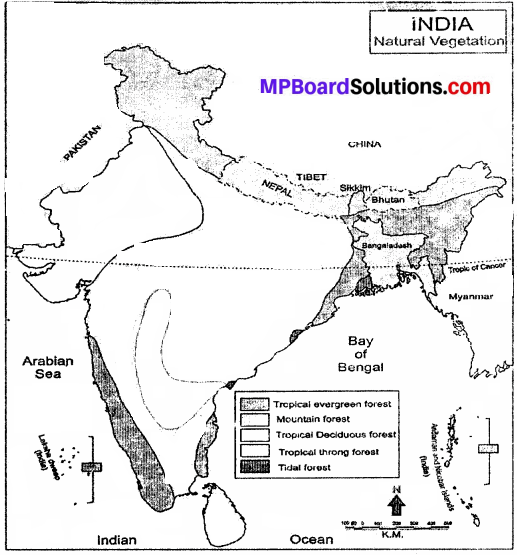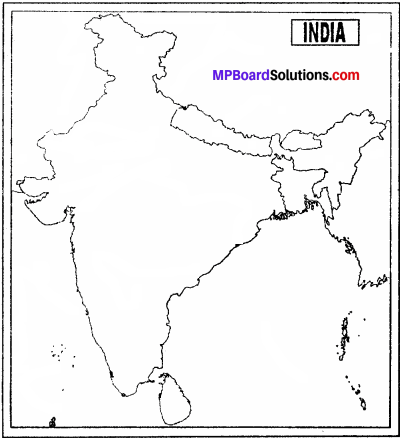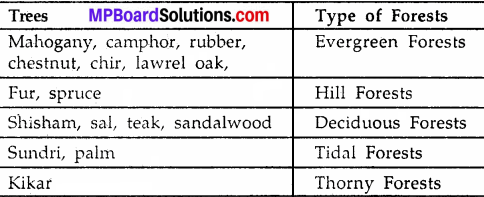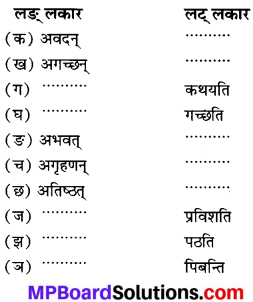MP Board Class 6th Social Science Solutions Chapter 13 Community and Community Development
MP Board Class 6th Social Science Chapter 13 Text Book Exercise
MP Board Class 6th Social Science Solutions Chapter 13 Short Answer type Questions
Question 1.
Question (a)
What is called the family of families?
Answer:
Community is called the family of families.
Question (b)
What do you understand by a community?
Answer:
Community is a social group in which a sense of oneness is found. The place of dwelling and area of a community are definite.
![]()
Question (c)
What is public participation?
Answer:
Public participation means the participation of the local public to meet the needs of the local community.
Question (d)
What do you understand by social unity?
Answer:
Participation in each other’s moments of sorrow and happiness, participation in the development of a participation in each other’s celebrations inspite of differences in occupation and religion, are all known as social unity.
Question (e)
Write the names of the committees formed at the village and city like drinking water, hospital or education is levels?
Answer:
The names of the different committes formed at the village and city levels are:
- Village/City Development Committee
- Village/ward Security Committee
- Public Wealth Committee
- Agriculture Community
- Infrastructure Committee
- Education Committee
- Social Justice Committee
- Health Committee
![]()
MP Board Class 6th Social Science Solutions Chapter 13 Long Answer type Questions
Question 2.
Question (a)
What is a community? Write three characteristics of a community?
Answer:
Community is a social group in which a sense of oneness is found. The place of dwelling and area of a community are definite.
The three characteristics of a community are:
- A community is a group of people.
- A community encourages the fealing of oneness and unity among its members.
- A community is a self – dependent group.
Question (b)
What is the importance of public participation in the development of a community?
Answer:
Public Participation is very importance for the development of the community. For example, if basic human facilities like drinking water, hospital or education is not locally alternative resources. So they can solve their problems independently is fostered among the public.
Public participation encourages the people to improve their condition, the work of the state and central governments are distributed to the people by public participation.
Question (c)
Describe the committees formed at the village and city levels?
Answer:
The following committees are working at the village and city levels:
1. Village/ward education committee:
The task of this committee is to help in giving elementary education to children. It also participates in the management of schools.
2. Village/Ward security committee:
This committee looks after the security matters of the people in the village or ward or city. It also helps the police to prevent crime.
3. Parent – Teacher’s Association:
Presently in Madhya Pradesh a Parent – Teachers Association has been formed in every Government Primary and Middle School. This association works for cent percent enrollment of children in schools, their regular presence in schools, arrangement of mid – day meal for children in schools, educational achievement of children, taking measures to make teachers available for schools.
![]()
Question 3.
Fill in the blanks:
- Community is a group of ………………..
- From birth to death humans live in a ………………
- ………………….. helps in distributing the works of state and central governments.
- Gram Swaraj was established on …………………..
- A community fosters ……………… and among its members.
Answer:
- family of families
- family
- Public participation
- January 26, 2001
- belongings, togetherners
Find the odd one out:
Question 5.
Question (a)
(a) Education Committee
(b) Community
(c) Security Committee
(d) Parents – Teachers Association.
Answer:
(b) Community
Question (b)
(a) Village
(b) State
(c) Forest
(d) Country
Answer:
(c) Forest
![]()
Project Work
Question 1.
Collect pictures of people engaged in public participation in urban or rural areas?
Answer:
Please do with the help of your teacher.
Question 2.
Write about a public participation done by the people?
Answer:
Please do with the help of your teacher.


